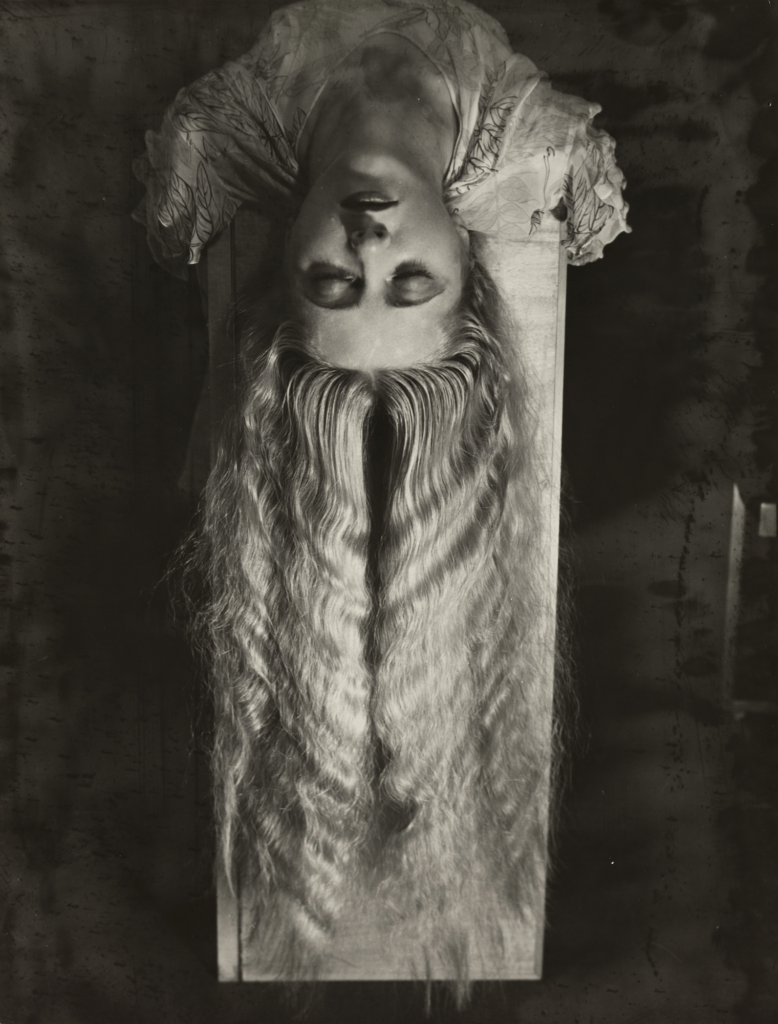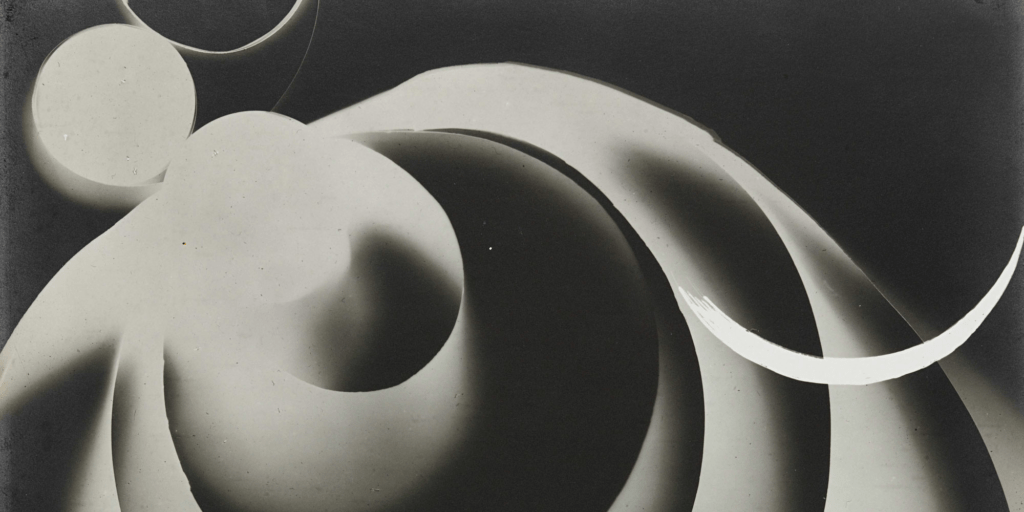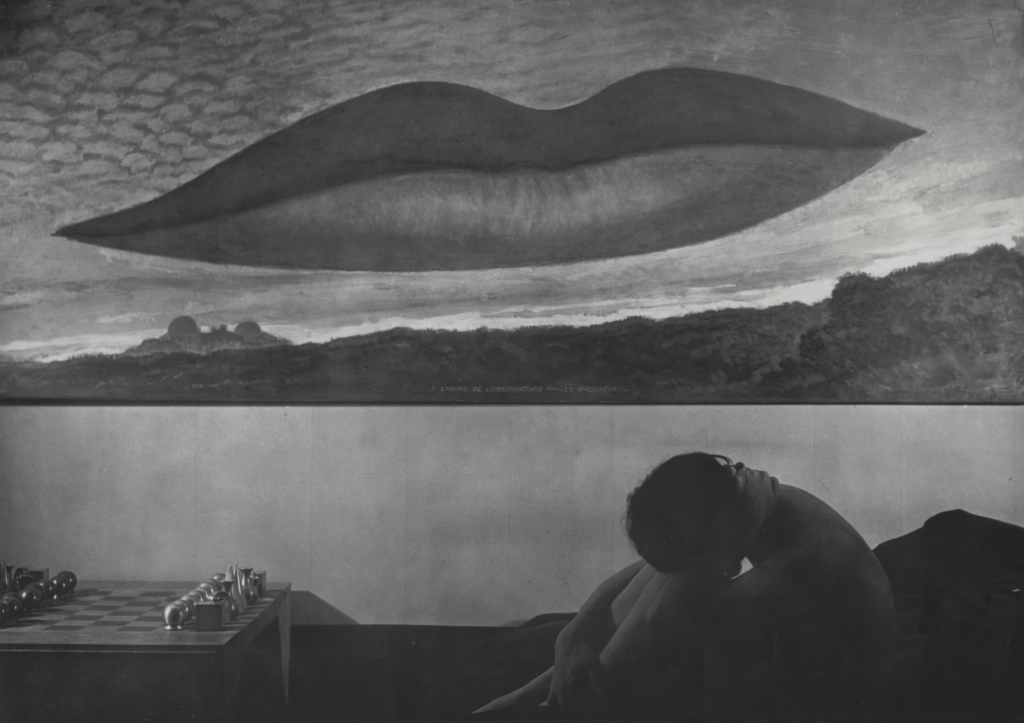Memoriesforart » Artists » Man Ray

Man Ray, an eminent figure in avant-garde and surrealist art, left an indelible mark on the creative landscape. He defied artistic conventions, becoming a pivotal figure in the Dada and Surrealist movements.
His groundbreaking works continue to captivate and inspire generations of artists and enthusiasts.
More Facts
Name: Man
Surname: Ray
Lives & Works: Philadelphia
Lives in State: Pennsylvania
Nationality: United States of America
Date of Birth: 1890
Date of Death: 1976
Period: Post-War
Movement: Avant-garde, Dada, Surrealism
Table of Contents

Man Ray, a trailblazing figure in the realms of avant-garde and surrealist art, was renowned for his artistic innovation across photography, painting, and sculpture. However, he shrouded his early life and familial background in secrecy, preferring to be known solely by his artistic identity. His birth name was Emmanuel Radnitzky, and he was born on August 27, 1890, in South Philadelphia.
An Immigrant Heritage
Emmanuel’s parents, Melach “Max” Radnitzky and Manya “Minnie” Radnitzky (née Lourie or Luria) were Russian Jewish immigrants who settled in the United States. Emmanuel was the eldest among his siblings – Sam, Dorothy “Dora,” and Essie (or Elsie).
The family eventually settled in the Williamsburg neighborhood of Brooklyn, New York.
Due to the prevailing ethnic discrimination and antisemitism of the era, Emmanuel embraced his new identity, transitioning to the name Man Ray.

Man Ray known for his avant-garde and surrealist contributions to art, Man Ray was a prominent American visual artist who worked in various mediums, including photography, painting, and sculpture.

Even in his formative years, Man Ray’s burgeoning artistic and mechanical abilities were apparent. His childhood talents paved the way for a remarkable artistic journey.
While attending Brooklyn’s Boys’ High School from 1904 to 1909, he honed his skills in drafting and foundational art techniques. Man Ray’s insatiable curiosity drove him to frequent local art museums, immersing himself in the works of the Old Masters.
After graduating from high school, he was offered a scholarship for architectural studies, but his passion led him to choose the path of an artist.
Enrolling in the Ferrer School in 1912 marked a pivotal period of rapid artistic growth and experimentation for Man Ray. This phase of his artistic journey spurred him toward embracing new horizons and innovative techniques.
The art classes he engaged in, including those at the National Academy of Design and the Art Students League, did little to alter his trajectory.
However, during his time at the Ferrer School, he embarked on an intense artistic development, laying the foundation for the avant-garde visionary he would soon become.
In 1915, Man Ray met the influential artist Marcel Duchamp, which marked a pivotal moment in his career. Under Duchamp’s influence, Man Ray shifted his focus to photography, embracing its potential for experimentation.
He became a key figure in the Dada movement, known for its anti-establishment and anti-art sentiments.
Man Ray’s photography was groundbreaking. He developed techniques like the “rayograph,” producing unique images by placing objects directly onto photosensitive paper.
This approach created intriguing compositions, emphasizing abstract shapes and surreal effects. His work blurred the lines between reality and imagination, becoming emblematic of Surrealist ideals.
In the 1920s, Man Ray relocated to Paris, a thriving hub of artistic innovation. He continued to collaborate with other Surrealist artists and thinkers, such as André Breton and Salvador Dalí. His photographs during this period often featured dreamlike and enigmatic subjects, capturing the essence of Surrealism.
Beyond photography, Man Ray expanded his creativity to other mediums. He created “readymades,” objects transformed into artworks, and explored techniques like photograms and solarization in his darkroom work.
He also ventured into filmmaking, producing influential experimental films like “Le Retour à la Raison.”
With the outbreak of World War II, Man Ray returned to the United States. He continued to work in various mediums, further refining his artistic vision.
His legacy has had a lasting impact on modern art, photography, and the avant-garde movement. His innovative approach and willingness to challenge conventions continue to inspire artists worldwide.
He was awarded the Royal Photographic Society’s Progress Medal and Honorary Fellowship and acknowledged for groundbreaking contributions to photography and imaging technologies.
ARTnews magazine designated Man Ray among the 25 most influential artists of the 20th century. Commended for his pioneering work in photography, film, painting, sculpture, collage, assemblage, and early versions of performance and conceptual art.
ARTnews lauded Man Ray’s creative intelligence, describing it as a liberating force transcending artistic boundaries.
Man Ray’s impact, spanning photography, film, and an array of artistic forms, solidified his status as an avant-garde pioneer whose creative vision broke through the conventional constraints of his era.

His diverse body of work includes iconic photographs like “Tears” and “Noire et Blanche,” as well as paintings such as “Observatory Time – The Lovers” and “Indestructible Object.” He also ventured into film, creating experimental films like “Le Retour à la Raison.”
Man Ray’s “Le Violon d’Ingres,” a photograph depicting the model Kiki de Montparnasse transformed with painted-on F-holes like a violin, remains one of his most recognizable artworks.
Imagine an NFT collection that takes you on a digital journey through Man Ray’s artistic evolution, blending his classic works with interactive elements that unravel his creative process.
A Man Ray NFT collection could encompass rare photographs, digital recreations of his sculptures, and multimedia experiences that engage a new generation with his avant-garde vision.
Delve deeper into Man Ray’s life and artistic achievements by visiting his official site.
Here is another official site showcasing Man Ray’s remarkable photographic legacy, offering insights into his avant-garde approach.
The Man Ray Trust’s official site, preserving and promoting the artist’s legacy, featuring valuable resources and information.